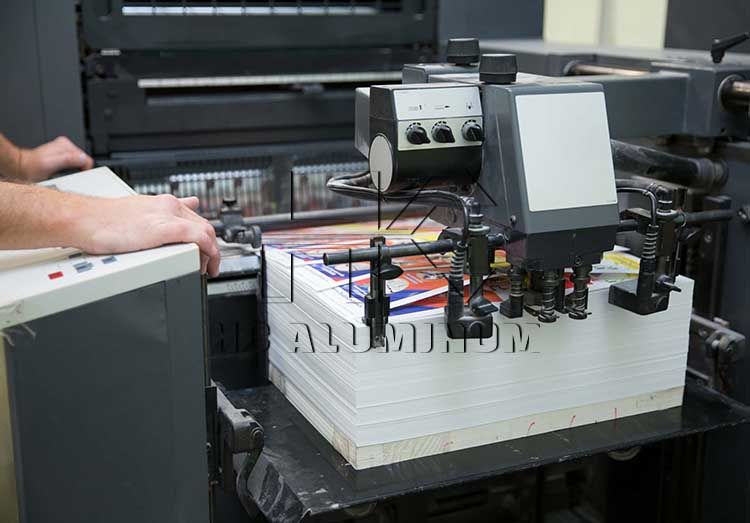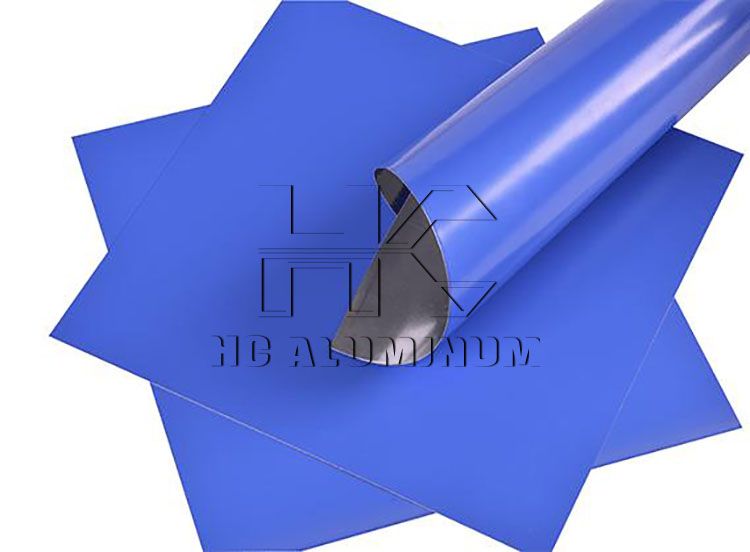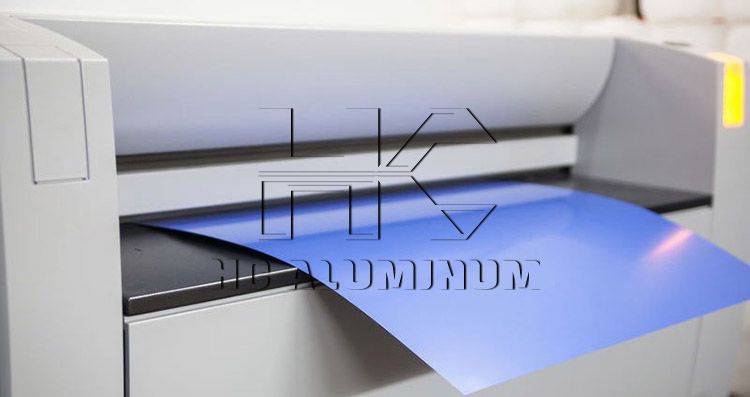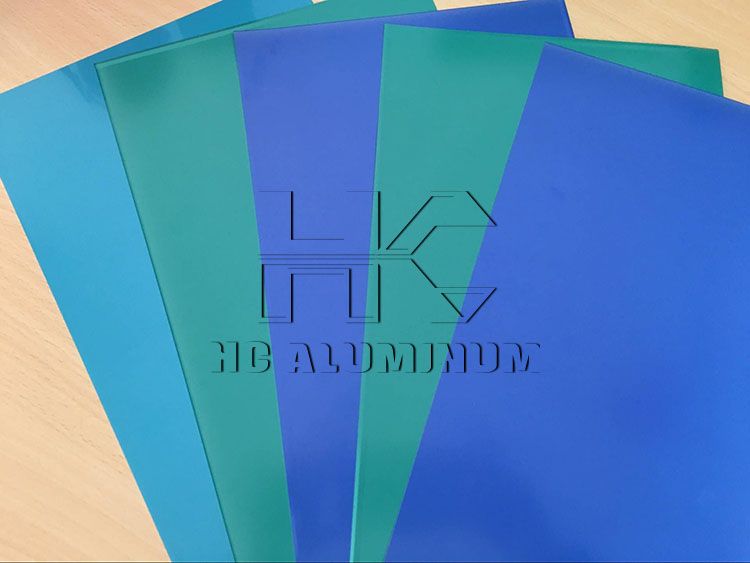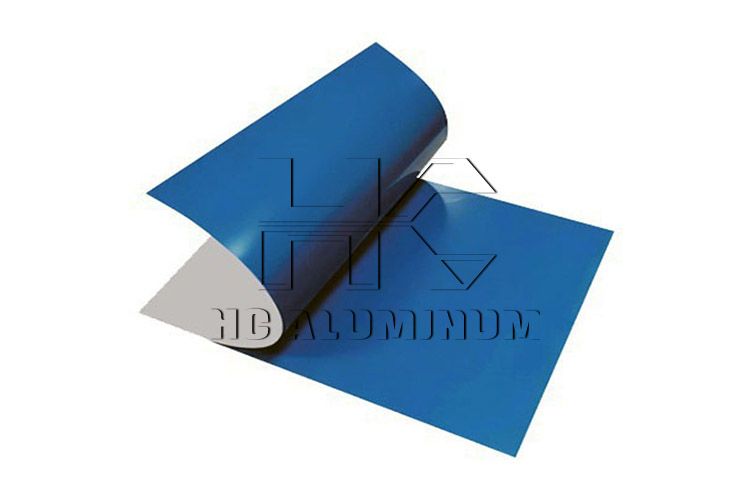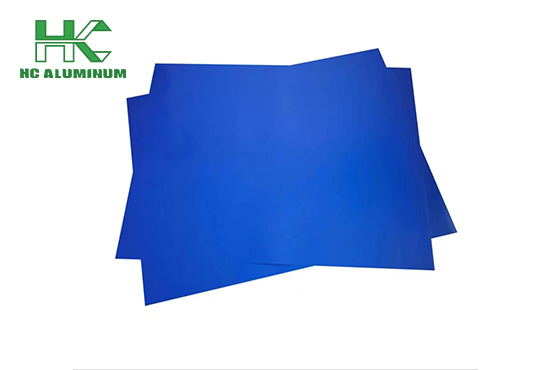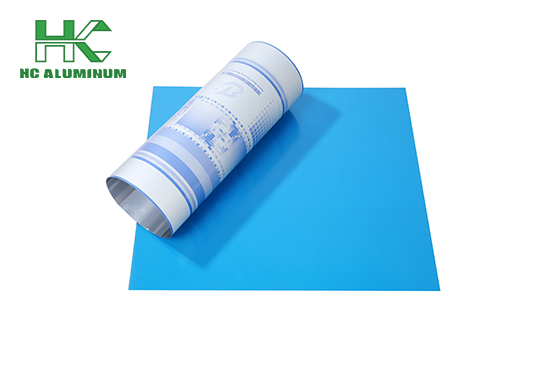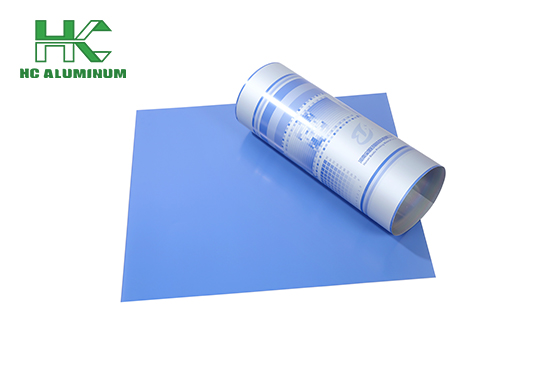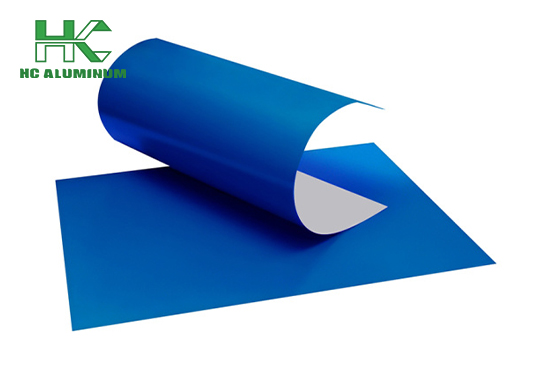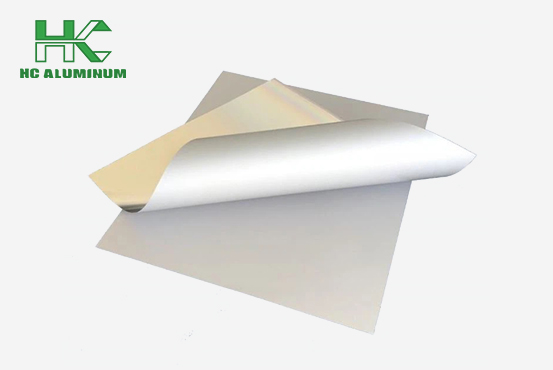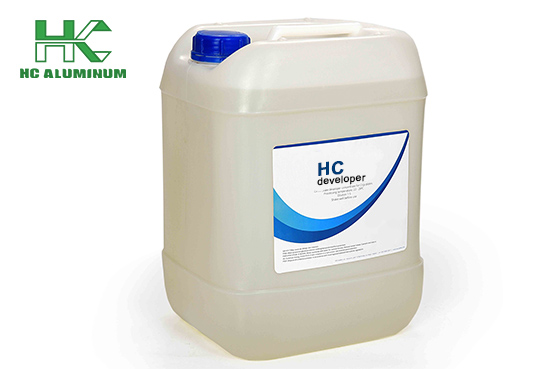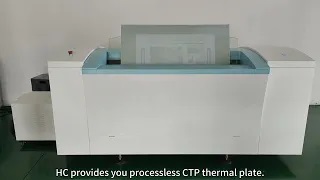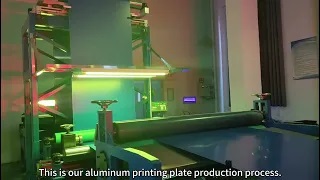Where to Find China Positive PS Plate for Offset Printing with Custom Sizes
Offset printing is one of the packaging printing methods widely used to create printed materials. Compared with other packaging printing methods, offset lithography is suitable for economically producing large quantities of high-quality prints with little maintenance.
PS plate is the main printing plate for pre-printing at present. There are two types: positive and negative. Among them, positive PS plates account for a large share and are used in most medium and large printing tasks today.
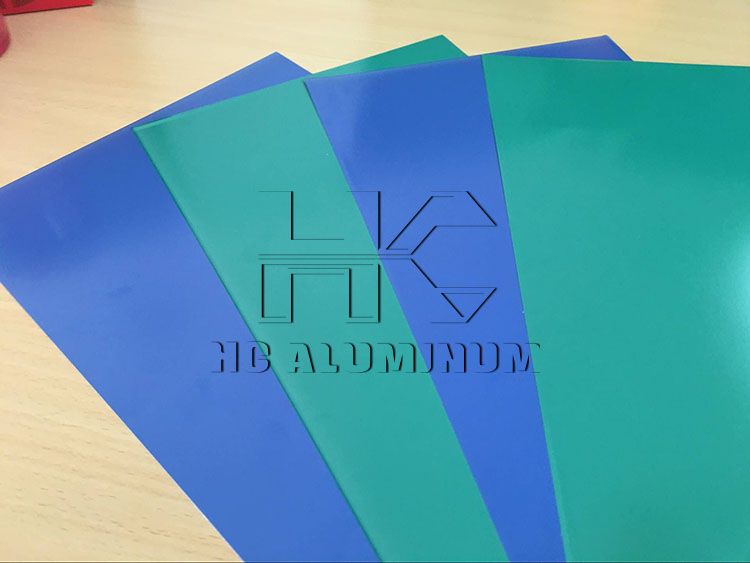
The positive PS plate is made into a positive color separation film for plate exposure during plate making, and is suitable for high-end color album printing. The negative PS plate is exposed with a negative color separation film. It is suitable for text and line album printing and short-run work.
The base material of PS plate is aluminum, which is brittle and easy to stretch, deform and break. However, its hydrophilic and oleophilic properties are relatively good, and the dual properties are close. Because there is a dense oxide film on the surface of aluminum, it has certain chemical stability, hardness and wear resistance. After process treatment, its hydrophilicity and oleophilicity will be improved.
The aluminum plates for making PS printing plates are 1050 aluminum plate, 1060 aluminum plate and 1070 aluminum plate alloy, of which aluminum content is ≥99.50%, ≥99.60%, ≥99.70% respectively. It has the advantages of low density, high strength, good forming, good hydrophilicity, high stability, good surface treatment, etc., making it an indisputable PS plate substrate.
Although PS plate is still the main support line of printing plate materials in my country, with the development of technology and the continuous improvement of people's environmental requirements, PS plate is gradually showing its disadvantages. Due to the characteristics of PS plate making process, its plate making cycle is higher than CTP plate.
The common thickness of PS Plates are 0.14(0.15)and 0.27(0.30)mm. The maximum width is 1350 mm. Hongchang is a professional aluminum printing plate manufacture. We can customize the sizes of PS plates for you. We also provide PS and CTP developer for our customers.
What Are The Advantages of Using Double Layer Thermal CTP Plates in the Printing Process
What Are Advantages & Disadvantages of Using PS Plates for Printing


